Dinosaurs weren’t the only colossal creatures roaming Earth 200 million years ago. A new fossil discovery suggests they shared the planet with a plant-eating beast that resembled a rhinoceros with a turtle’s beak.


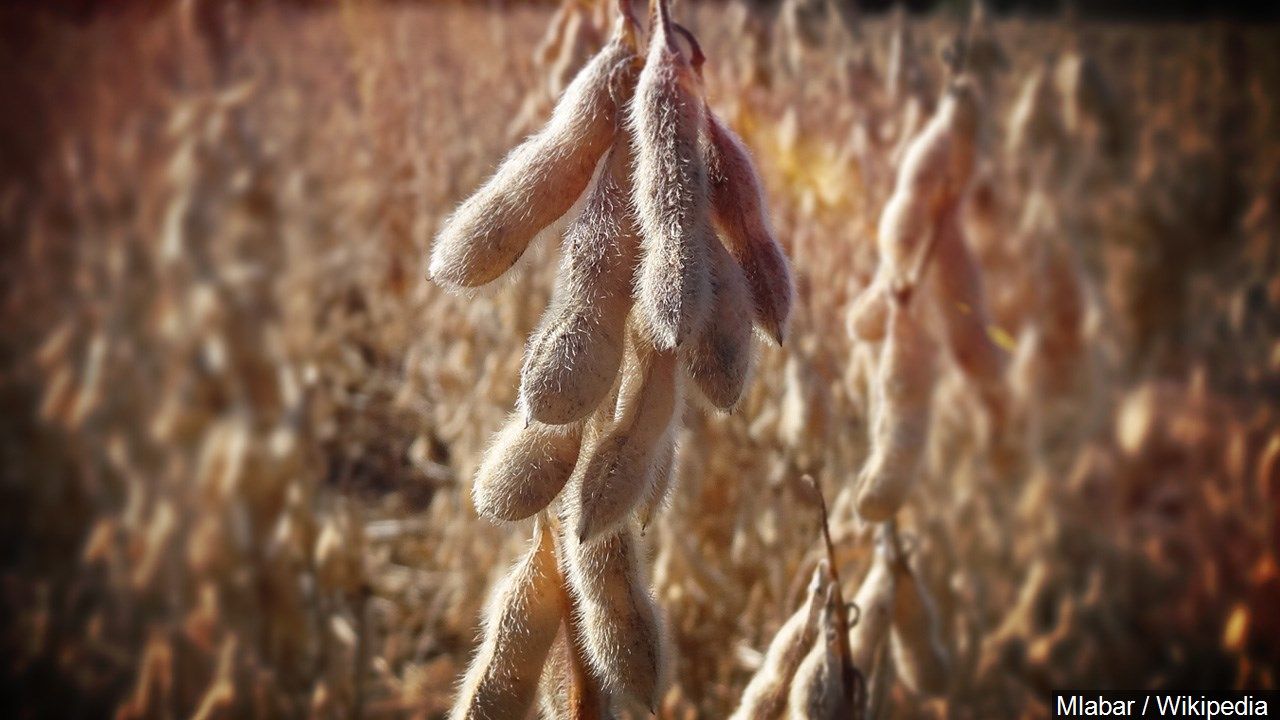
WASHINGTON (AP) — The next generation of biotech food is headed for the grocery aisles, and first up may be salad dressings or granola bars made with soybean oil genetically tweaked to be good for your heart.
By early next year, the first foods from plants or animals that had their DNA “edited” are expected to begin selling. It’s a different technology than today’s controversial “genetically modified” foods, more like faster breeding that promises to boost nutrition, spur crop growth, and make farm animals hardier and fruits and vegetables last longer.
The U.S. National Academy of Sciences has declared gene editing one of the breakthroughs needed to improve food production so the world can feed billions more people amid a changing climate. Yet governments are wrestling with how to regulate this powerful new tool. And after years of confusion and rancor, will shoppers accept gene-edited foods or view them as GMOs in disguise?
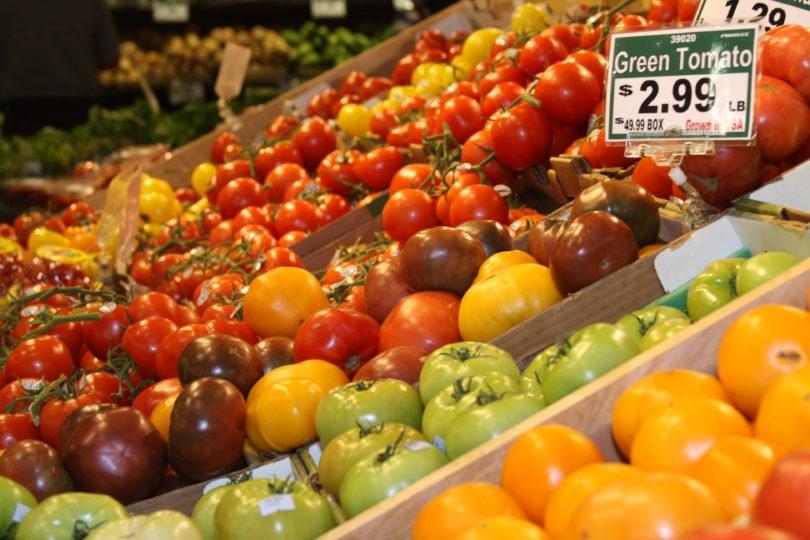
From elongated oblongs to near-perfect spheres, vegetables come in almost every size and shape. But what differentiates a fingerling potato from a russet or a Roma tomato from a beefsteak?
Researchers at the University of Georgia College of Agricultural and Environmental Sciences have recently found the genetic mechanism that controls the shape of our favorite fruits, vegetables and grains.
In article published this month in the journal Nature Communications, Esther van der Knaap, professor of horticulture, and her team at UGA detail the genetic traits, shared by multiple plants that have been shown to control fruit, leaf and seed shape.

Desiccants kill more than plants. Herbicides like glyphosate also kill bacteria. You could just as easily call them “antibiotics.” Our gut bacteria are sensitive to antibiotics, which is why we should avoid eating herbicides. When our microbes are healthy, our immune system is stable. But when microbes are disturbed, diseases like obesity, Alzheimer’s, or celiac disease can result.
Driving down a grid road in central Saskatchewan, a machine that looks like a giant insect approaches me in a cloud of dust. The cab, hanging 8 feet above the road, is suspended by tires at least 6 feet tall, with wing-like appendages folded along each side. Should I drive around it or under it?
It is harvest season, and the high-clearance sprayer is on its way to desiccate a field. Desiccation may be the most widespread farming practice you’ve never heard of. Farmers desiccate by applying herbicide to their crops; this kills all the plants at the same time, making them uniformly dry and easier to cut. In essence, desiccation speeds up plant aging. Before desiccation, crops would have to dry out naturally at the end of the season. Today, almost all conventional crops are desiccated in Canada, the United States, and the United Kingdom. Chances are that most of what you ate today was harvested using a desiccant, but you’d never know.
Mike Shewchuk jumps down from his swather as I pull into his farmyard. He is a young farmer whose blond brush cut and a robust stride would have not been out of place 50 years ago. Along with his dad, uncles, and brother, he farms 15,000 acres an hour outside of Saskatoon, Saskatchewan. They recently received a century farm award, for having continuously farmed the land since the early 1900s.

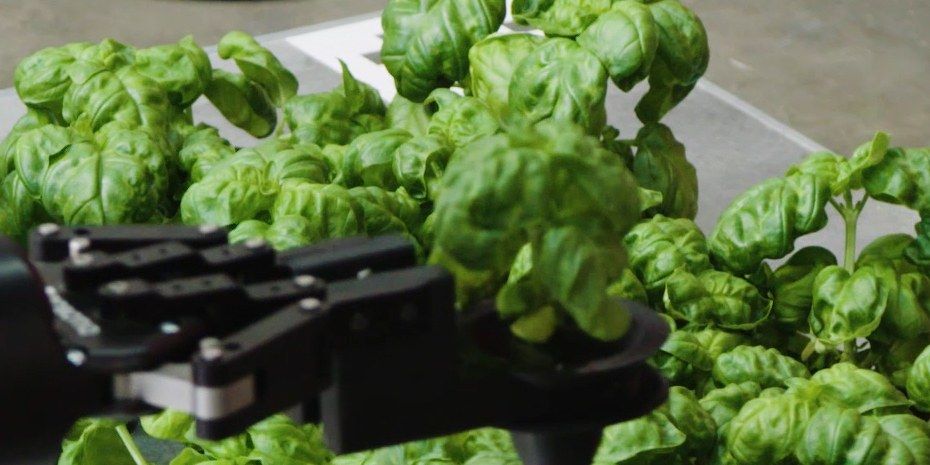


The company-funded animal test was performed to ascertain how neural development is affected by the pesticide chlorpyrifos, which is used on a wide variety of crops around the world, including some 20 EU countries. The test laboratory concluded that there was no such effect, even at high doses.
Academic researchers have examined raw data from a company-funded safety evaluation of the pesticide chlorpyrifos. They discovered an effect on the brain architecture of the exposed laboratory animals at all tested doses, which was not included in the reported conclusions. Karolinska Institutet in Sweden led this independent study, which is published in the scientific journal Environmental Health.
All pesticides must be evaluated in terms of their safety and potential risks for human health before they can officially be approved. Normally the companies that manufacture the products cover the cost of such evaluations and commission test laboratories to perform the necessary animal tests.
Assistant professor Axel Mie at Karolinska Institutet, Christina Rudén at Stockholm University and Philippe Grandjean at Harvard School of Public Health have examined a case in which independent research and company-funded tests deviated, at least in terms of the conclusions drawn in the industry-funded study.
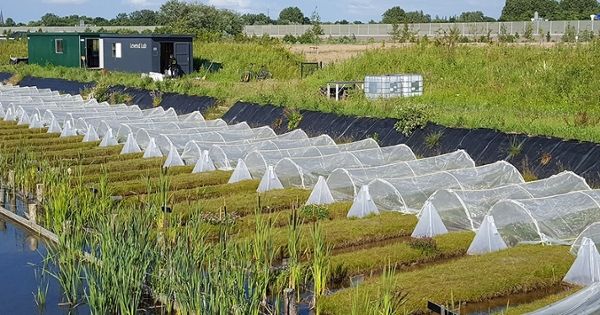
Chemical substances and nanomaterials are processed on a massive scale in diverse products, while their risks have not been properly assessed. Time and again synthesised substances have been shown to pollute the environment more than lab tests predicted. This is the warning given by Professor of Ecotoxicology Martina Vijver from Leiden University in her inaugural lecture on 16 November.
Laboratory tests are inadequate, according to Vijver, because they do not imitate a complete ecosystem. In her inaugural lecture she will discuss in greater detail two examples of substances where more realistic research is needed: agricultural toxins and nanoparticles. ‘But the same can be said for many other groups of substances, such as antibiotics, plasticizers and GenX.’
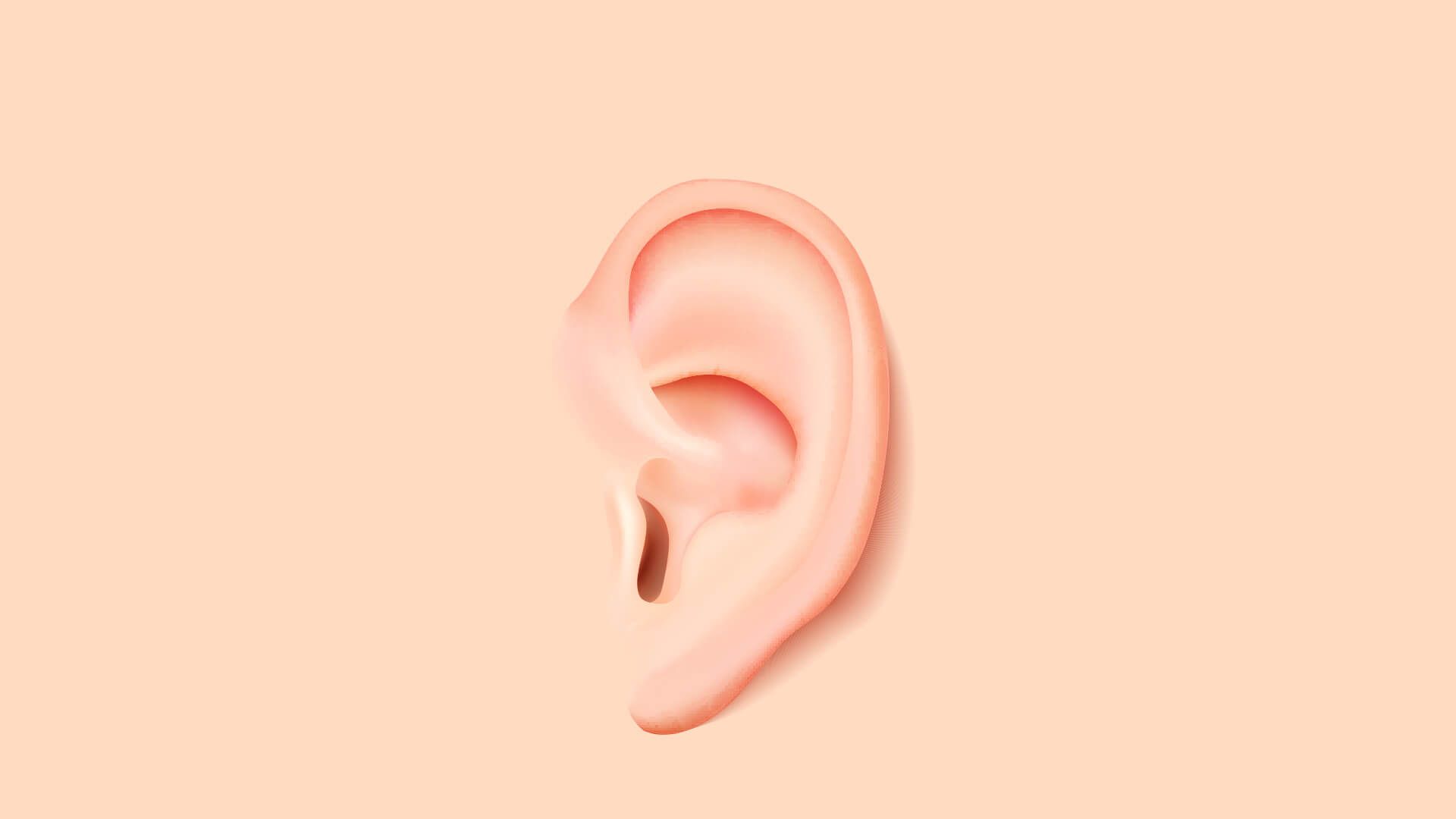
Inspiration for game-changing science can seemingly come from anywhere. A moldy bacterial plate gave us the first antibiotic, penicillin. Zapping yeast with a platinum electrode led to a powerful chemotherapy drug, cisplatin.
For Dr. Andrew Pelling at the University of Ottawa, his radical idea came from a sci-fi cult classic called The Little Shop of Horrors. Specifically, he was intrigued by the movie’s main antagonist, a man-eating plant called Aubrey 2.
What you have here is a plant-like creature with mammalian features, said Pelling at the Exponential Medicine conference in San Diego last week. “So we started wondering: can we grow this in the lab?”